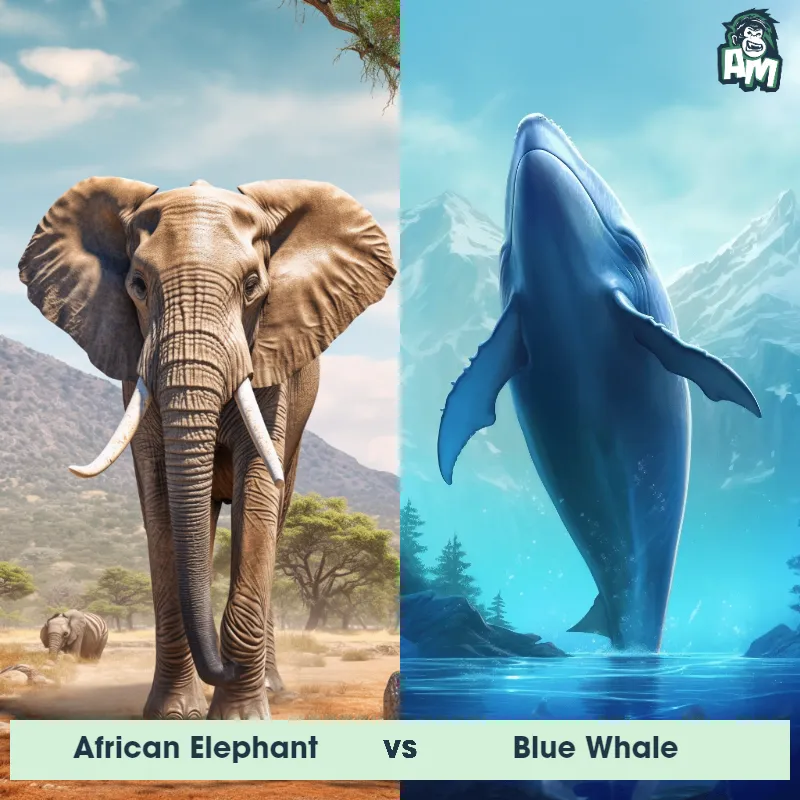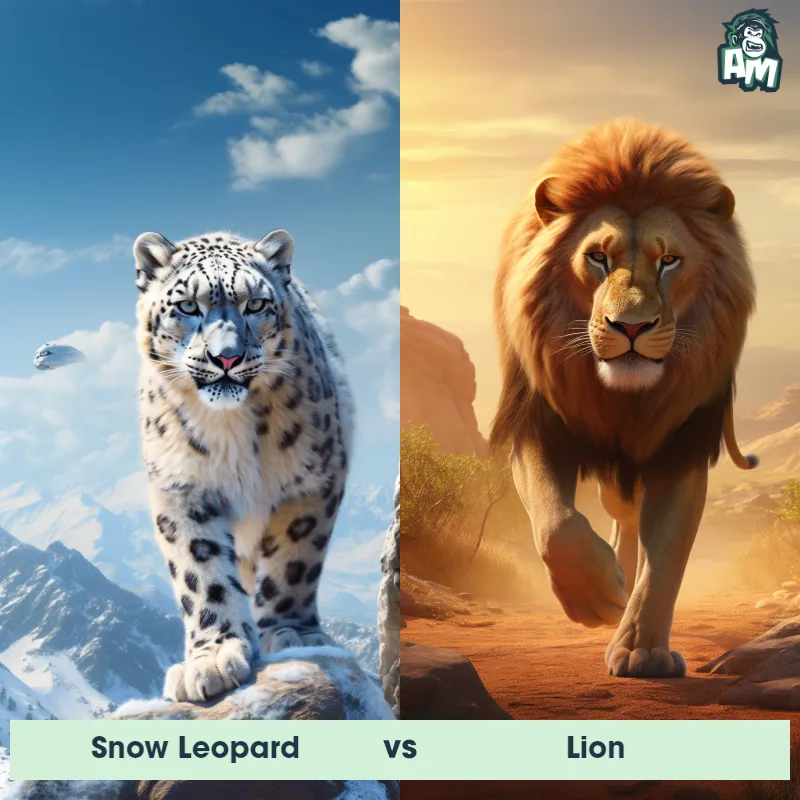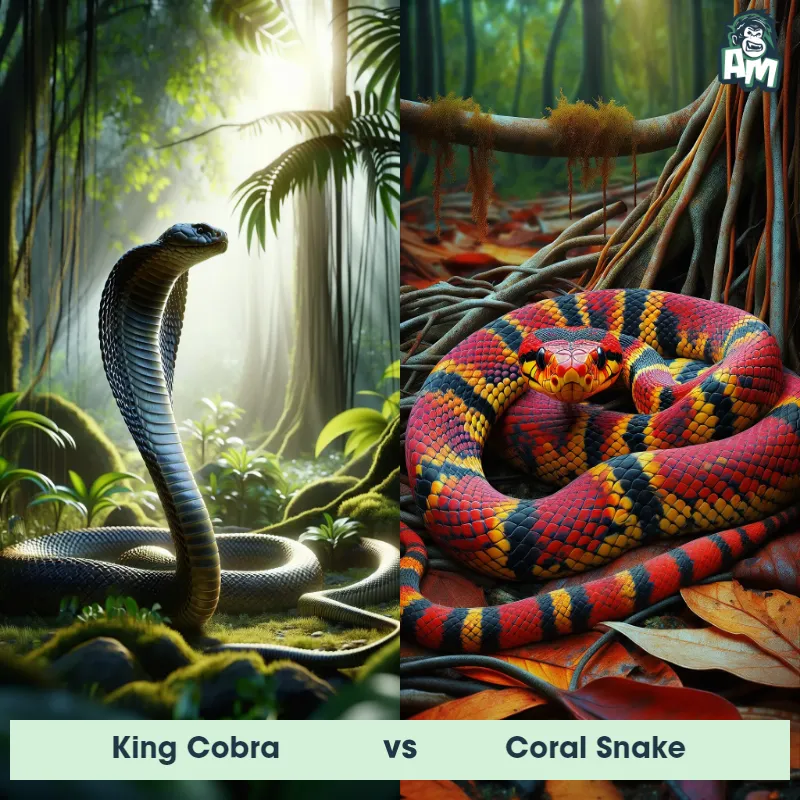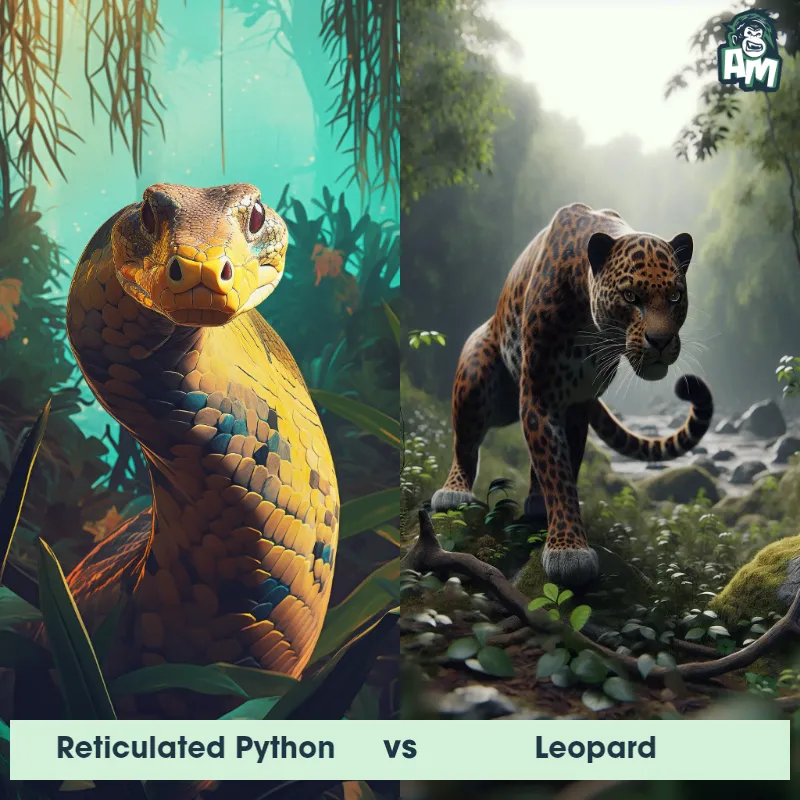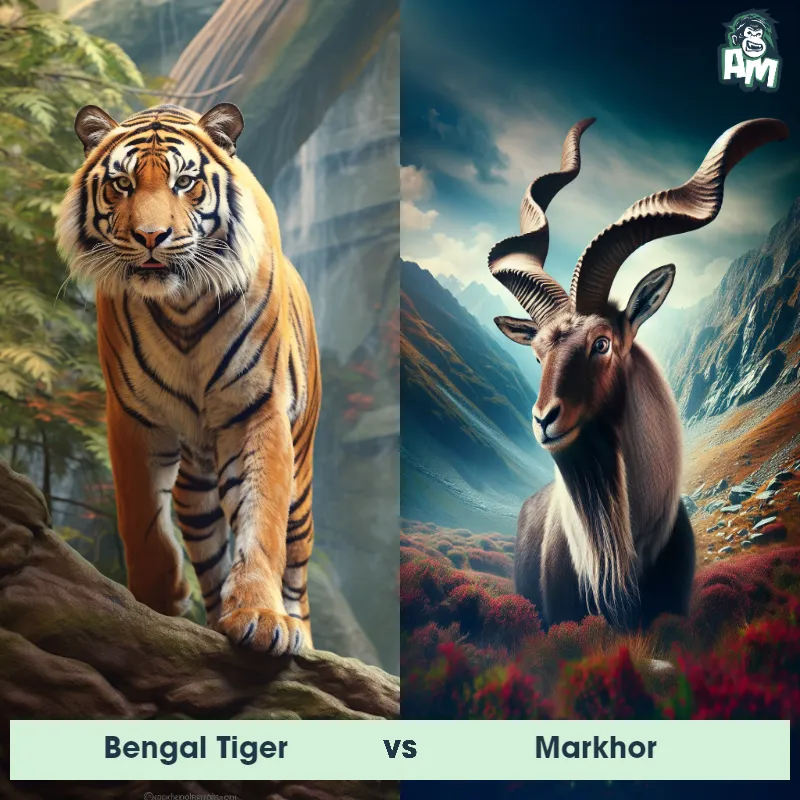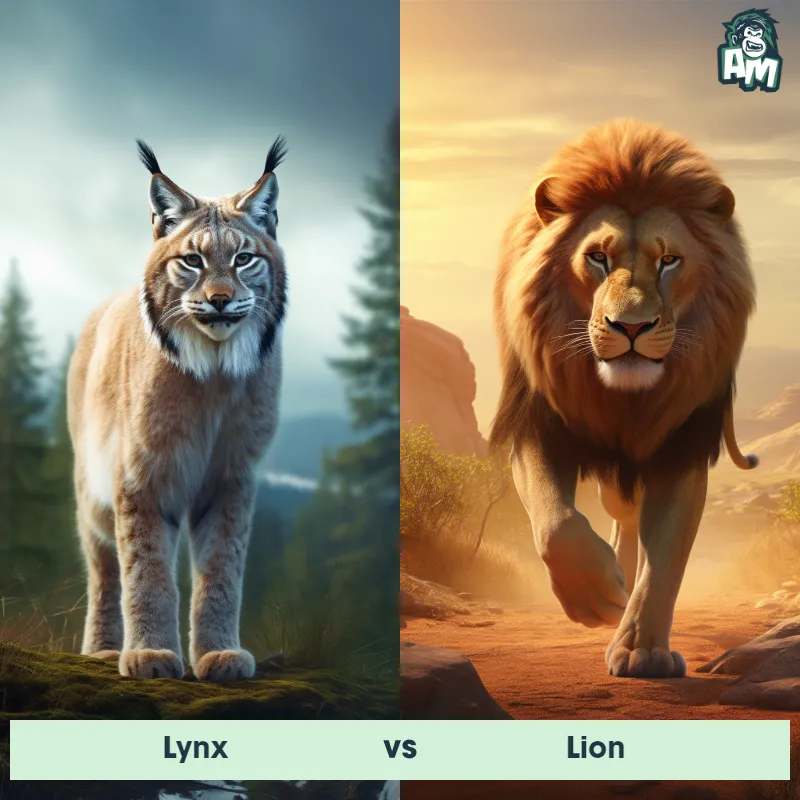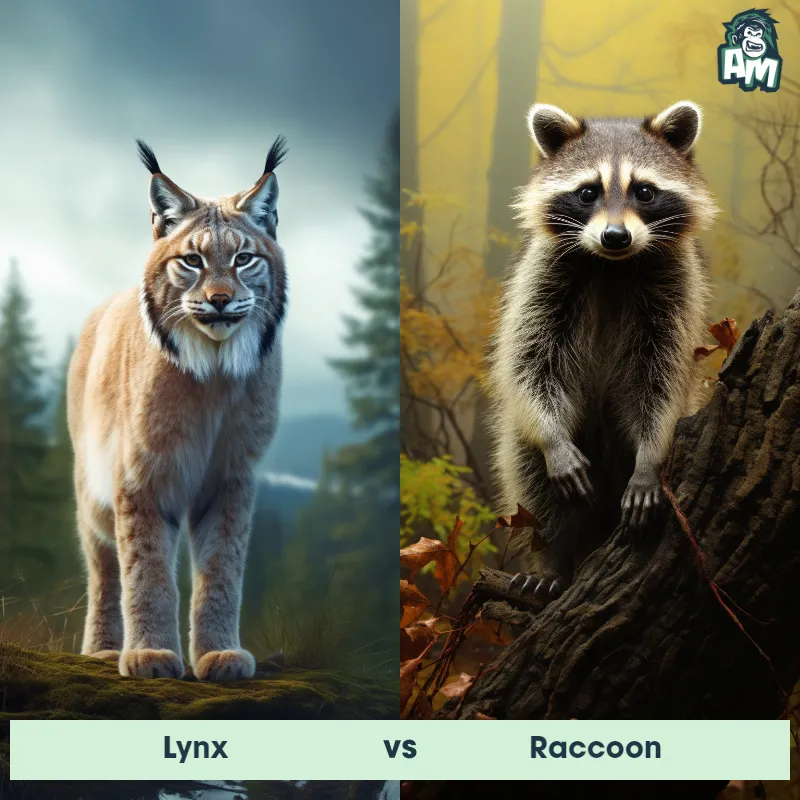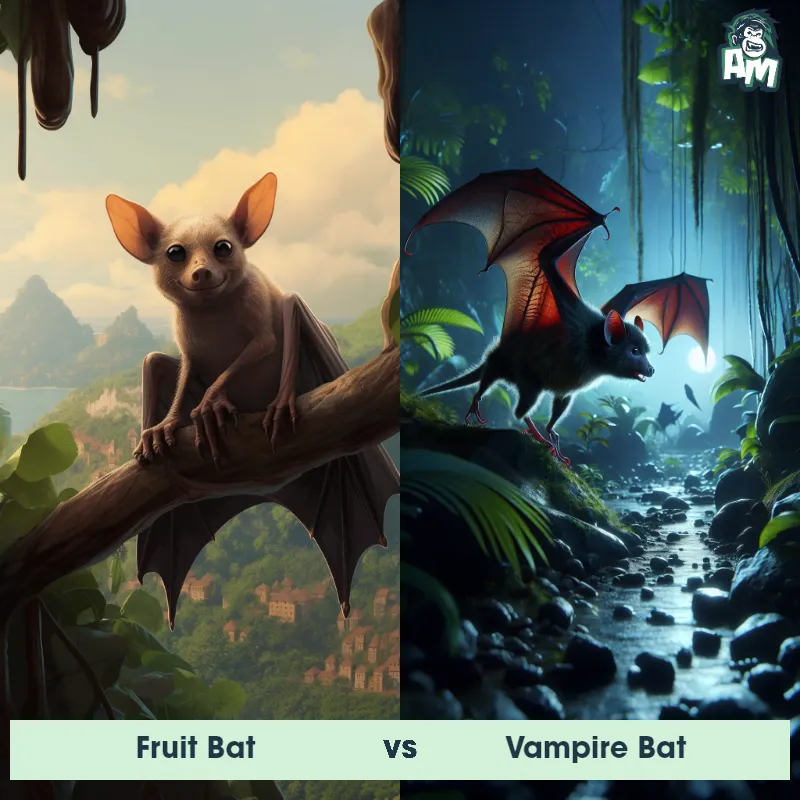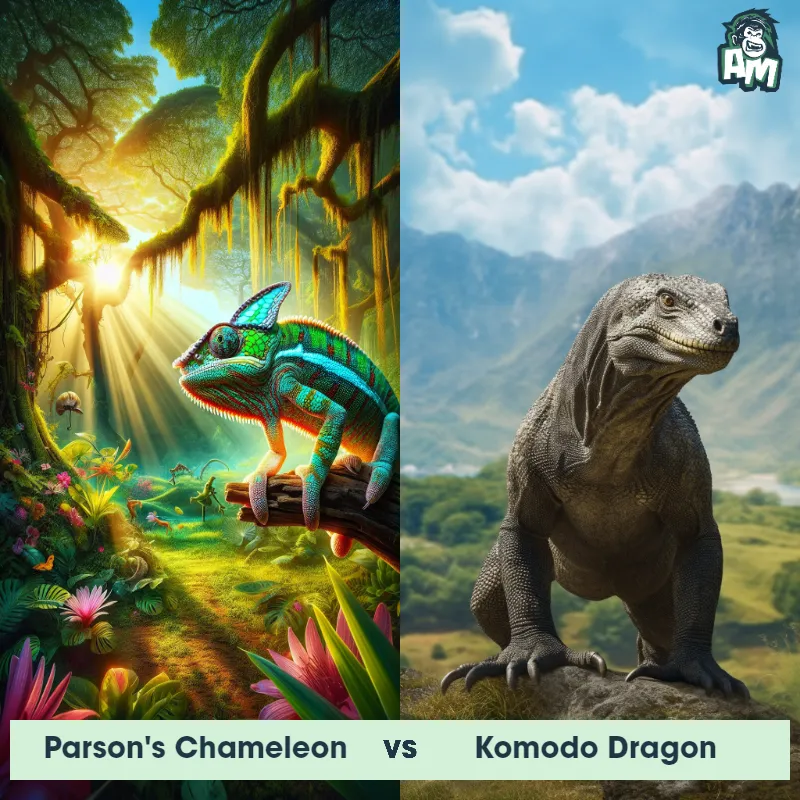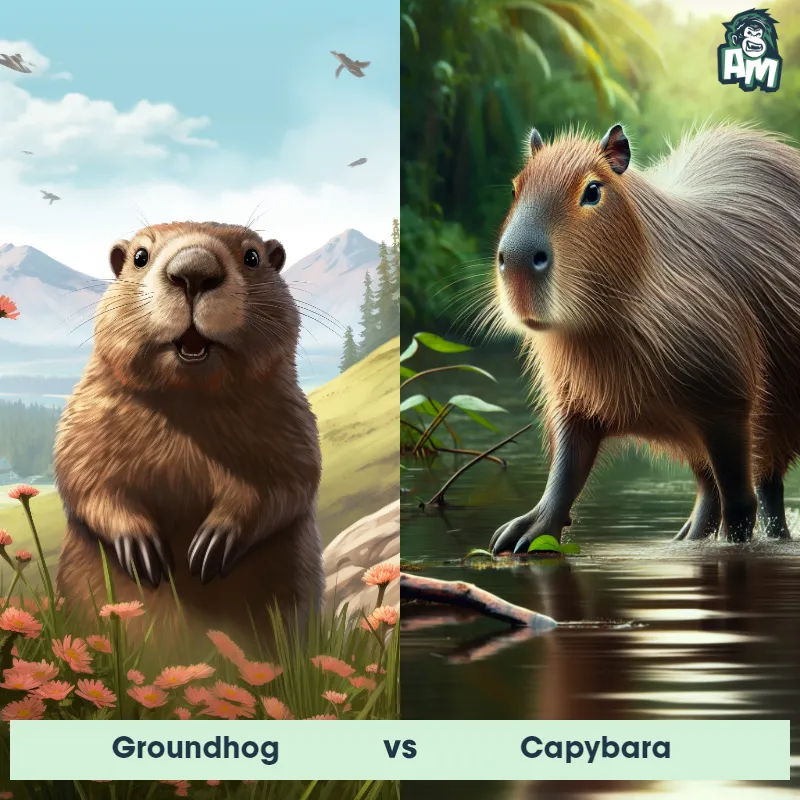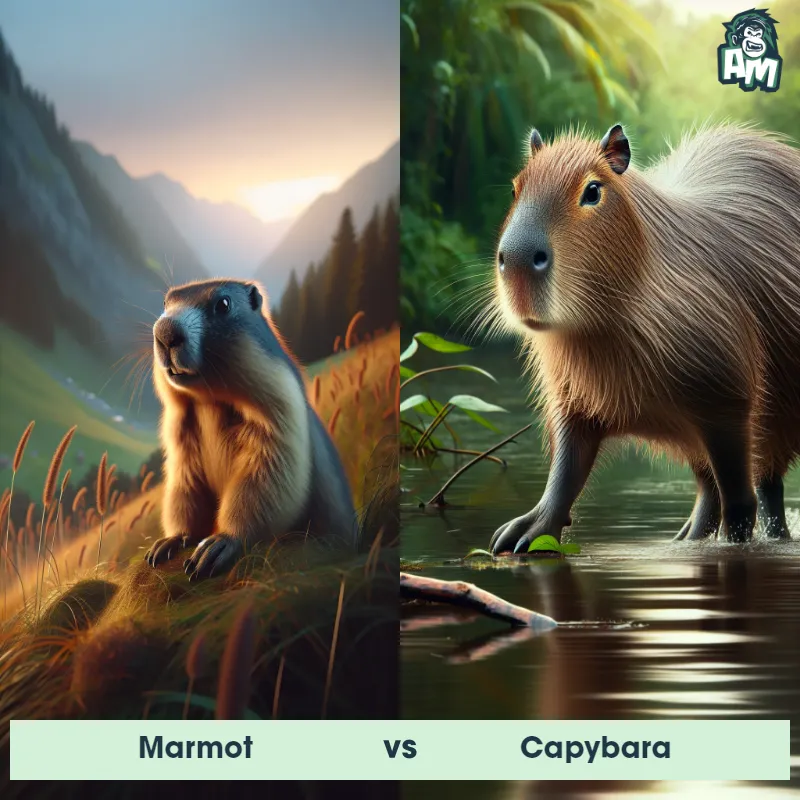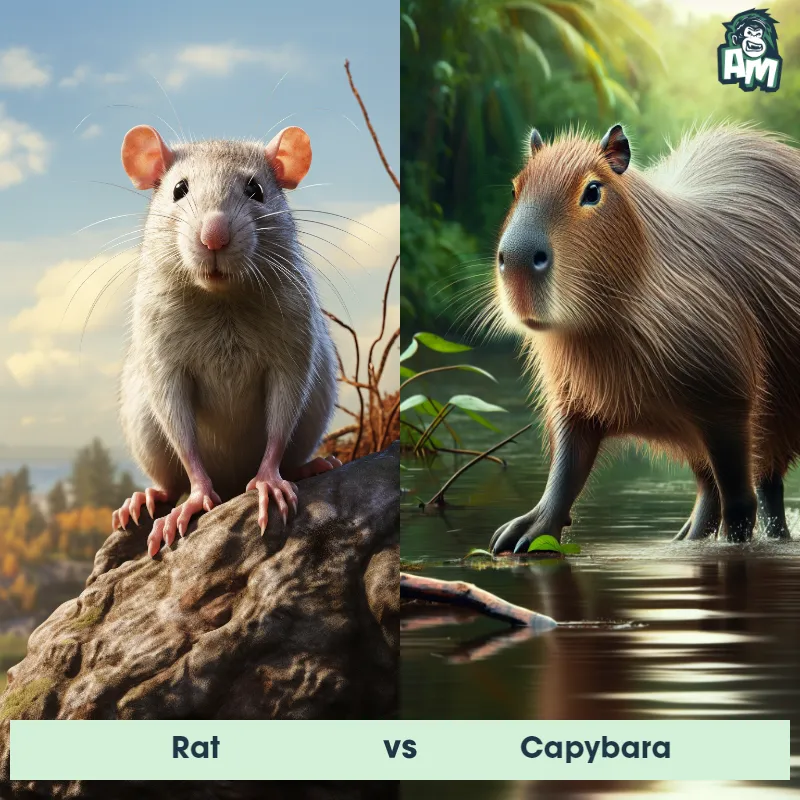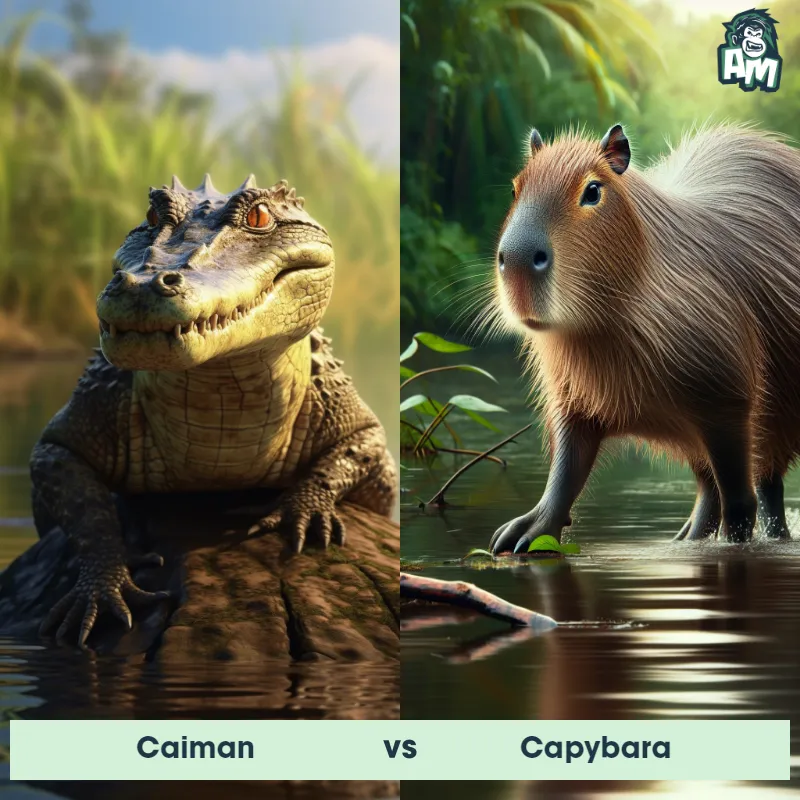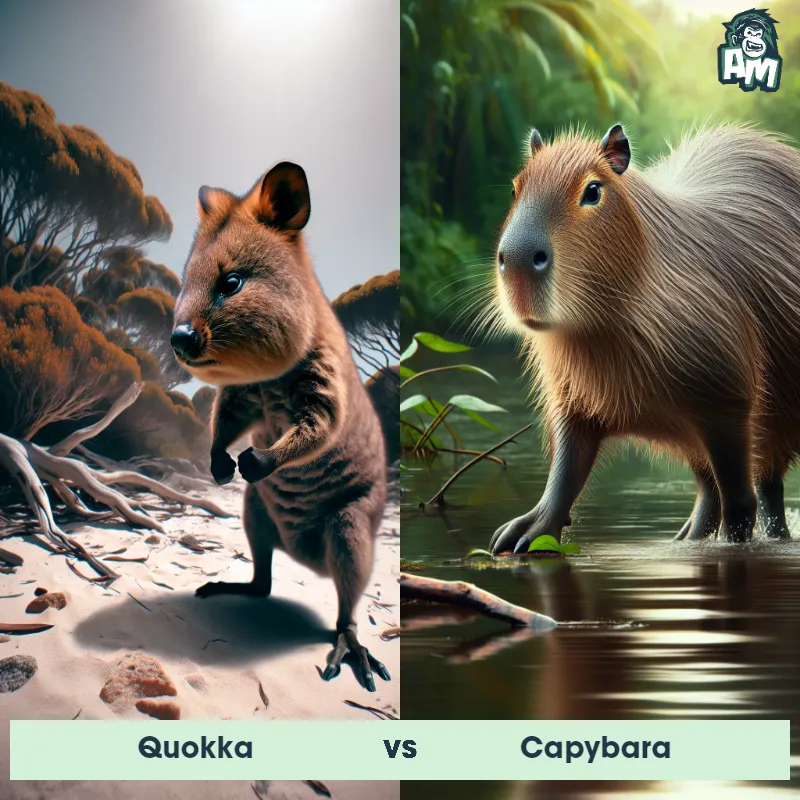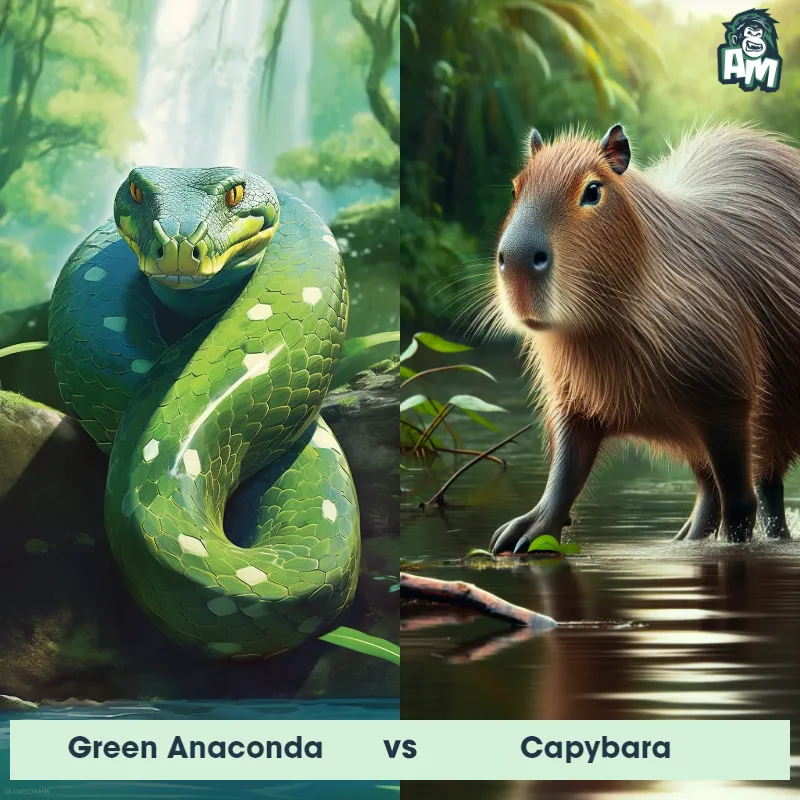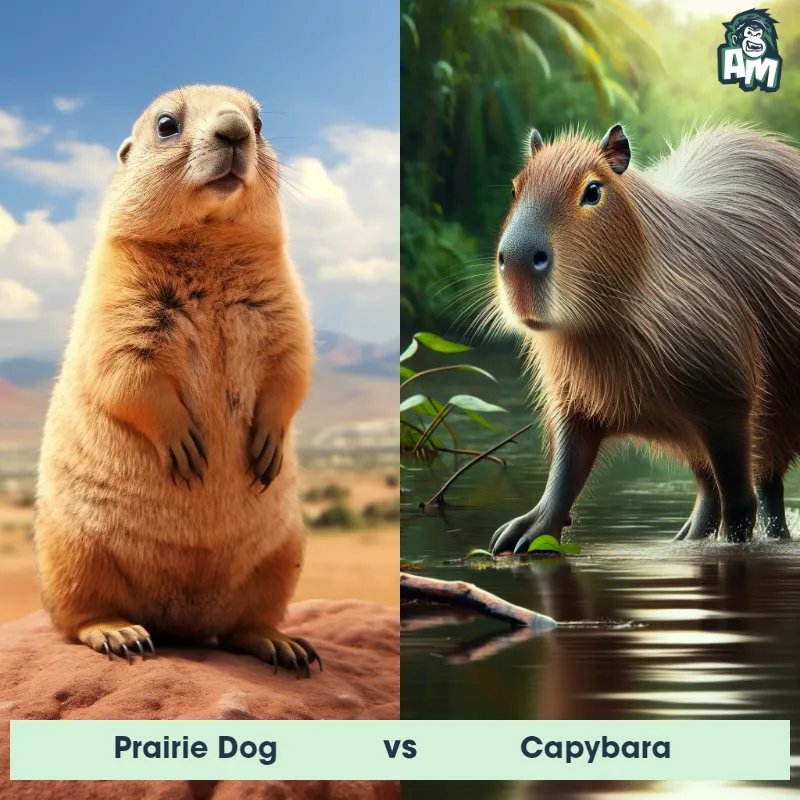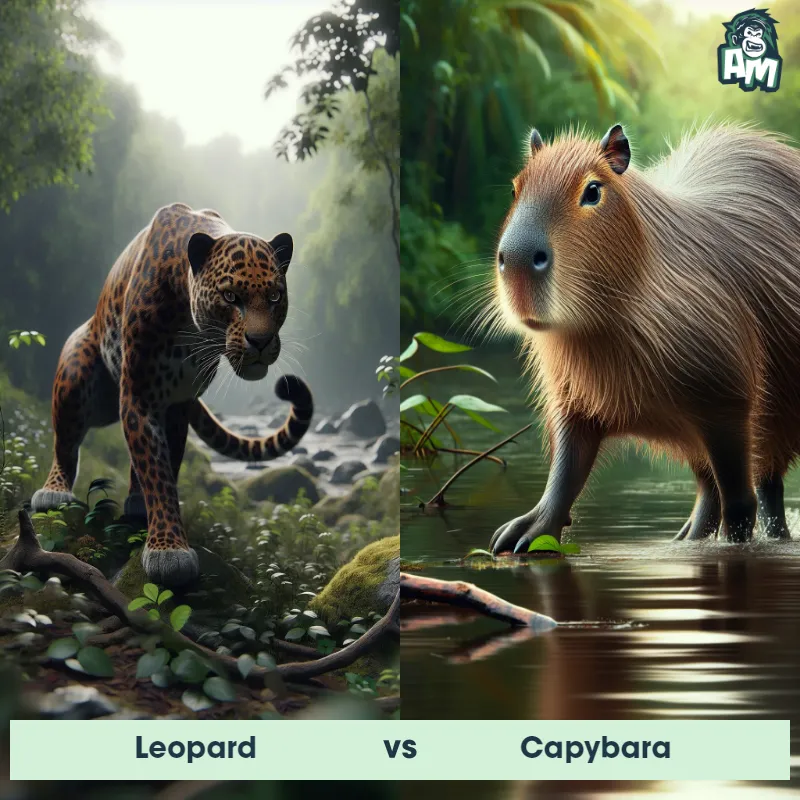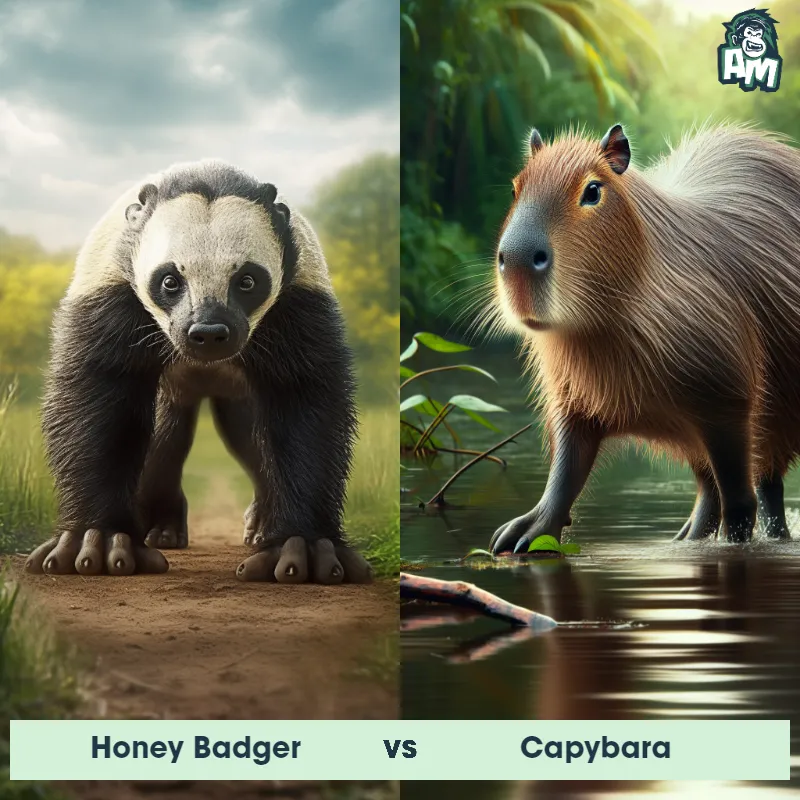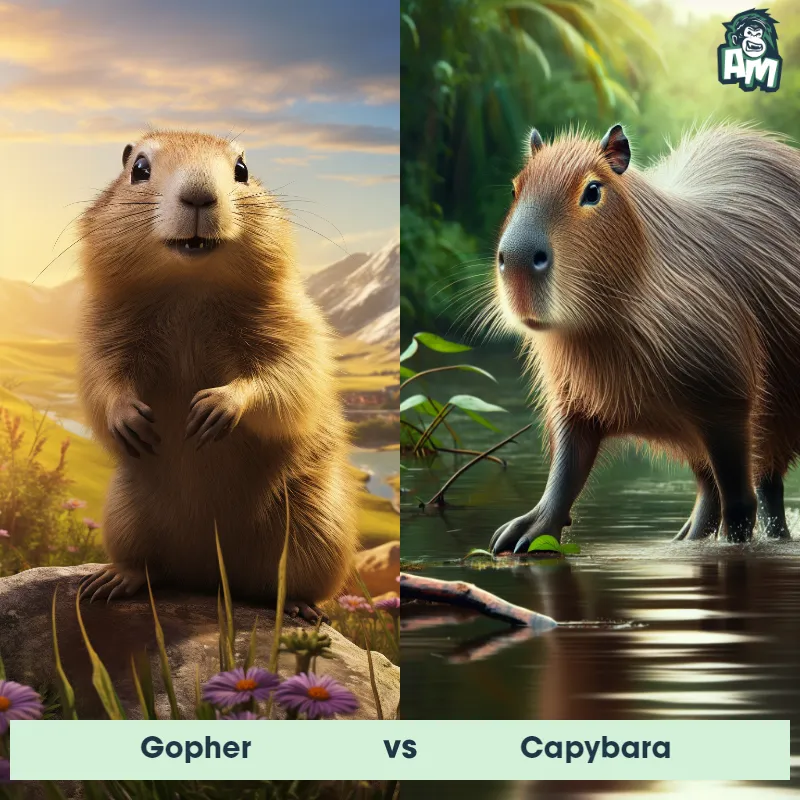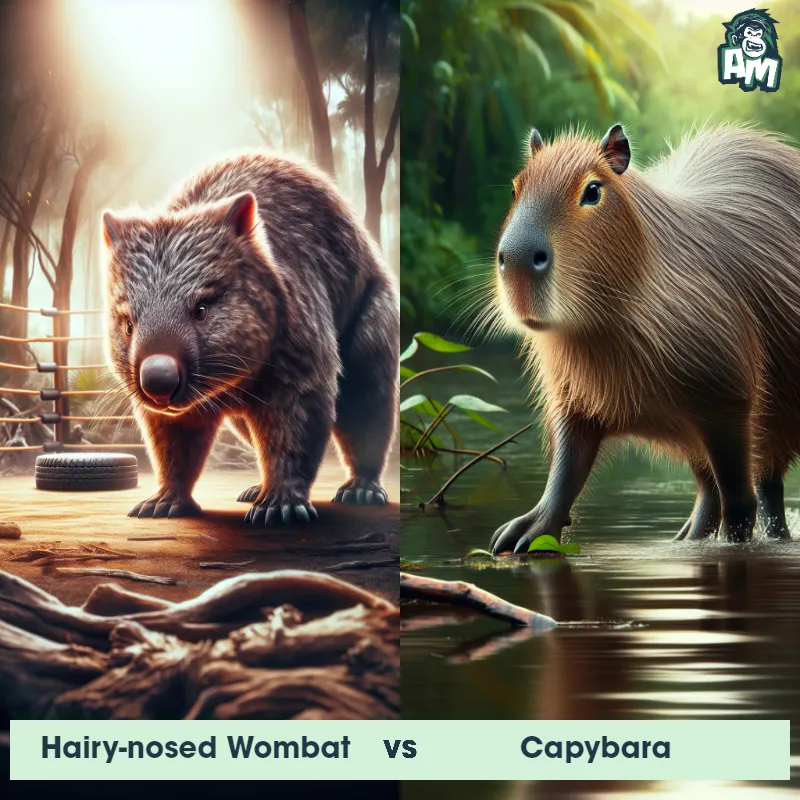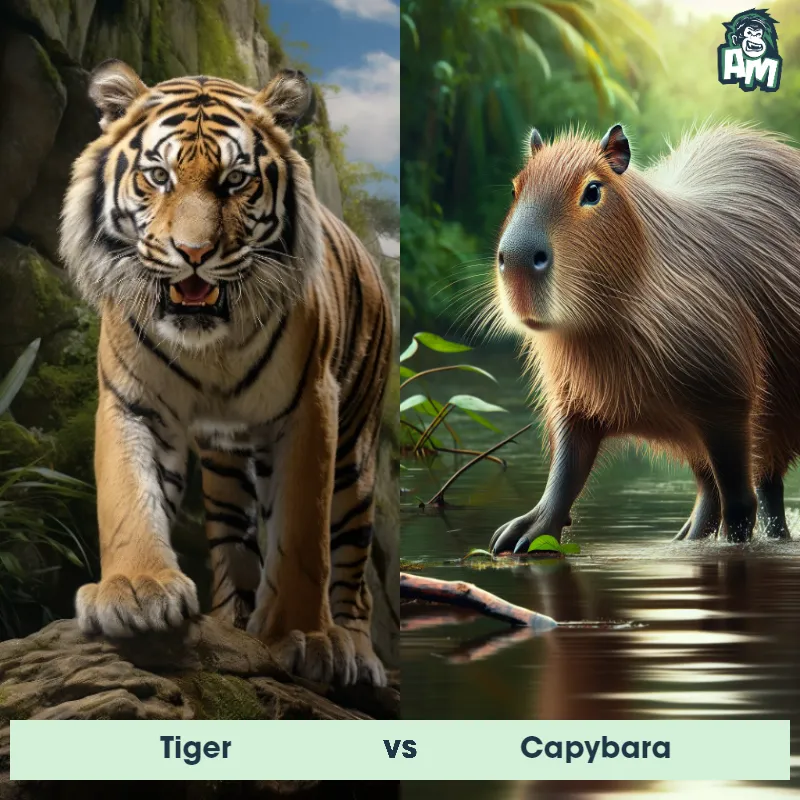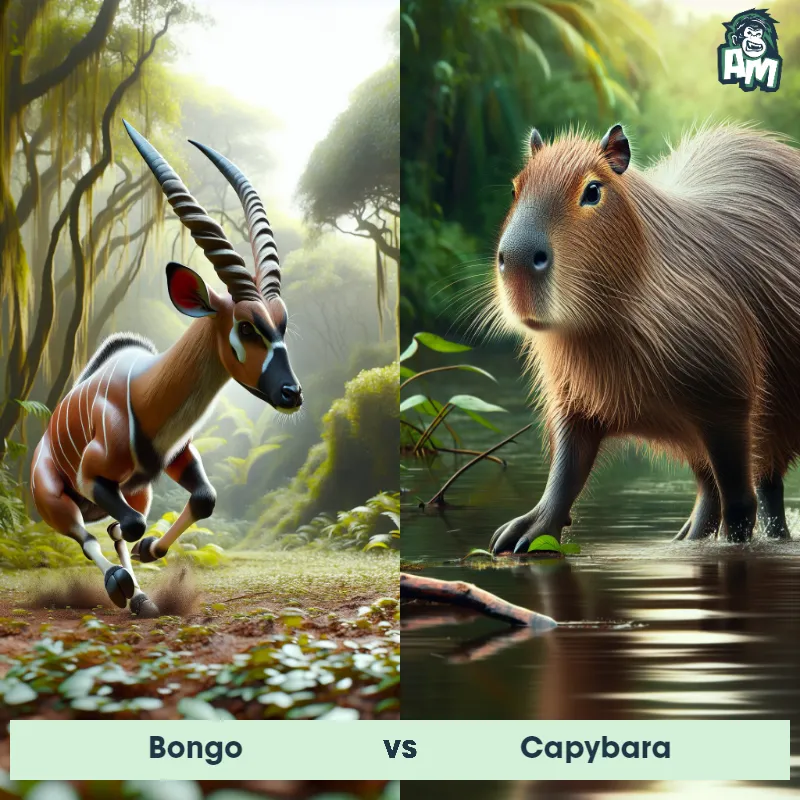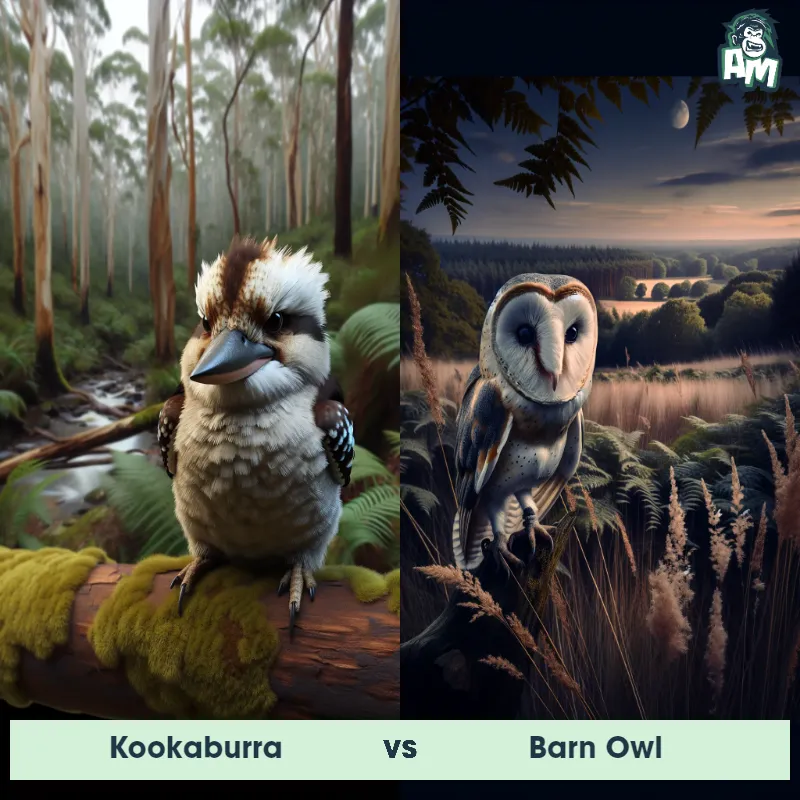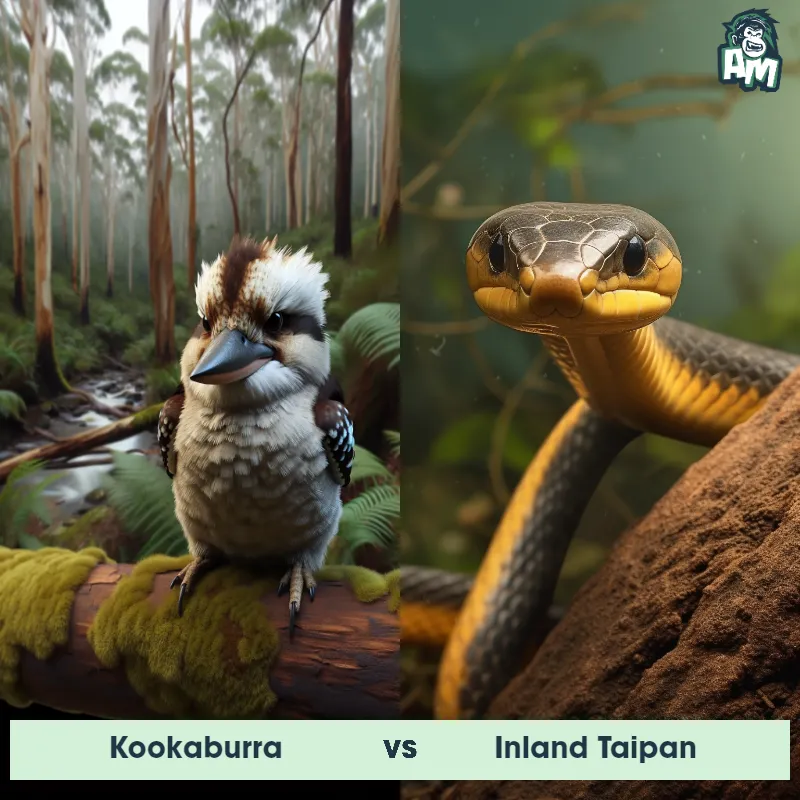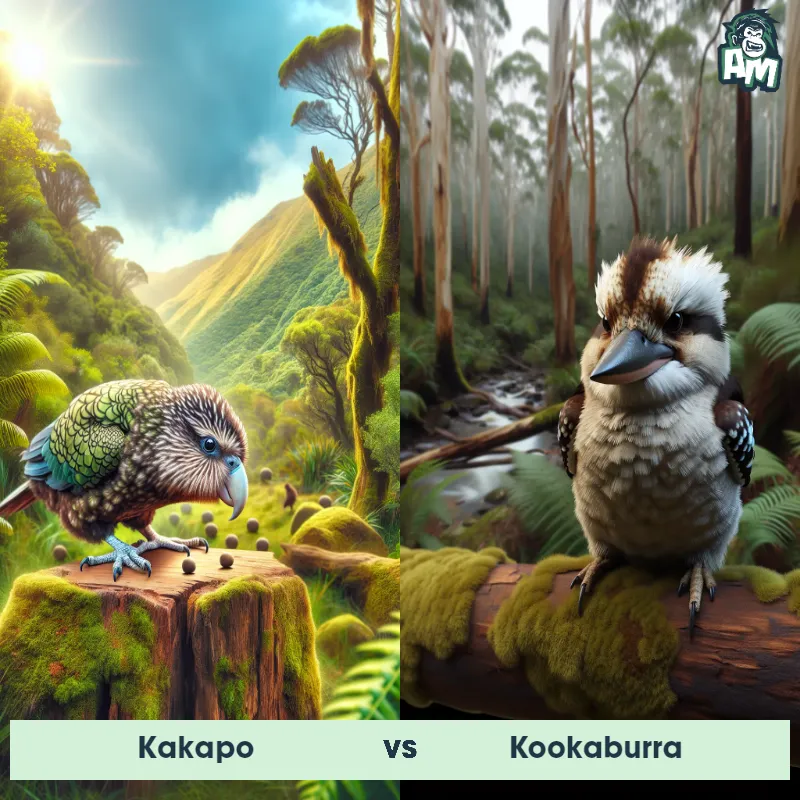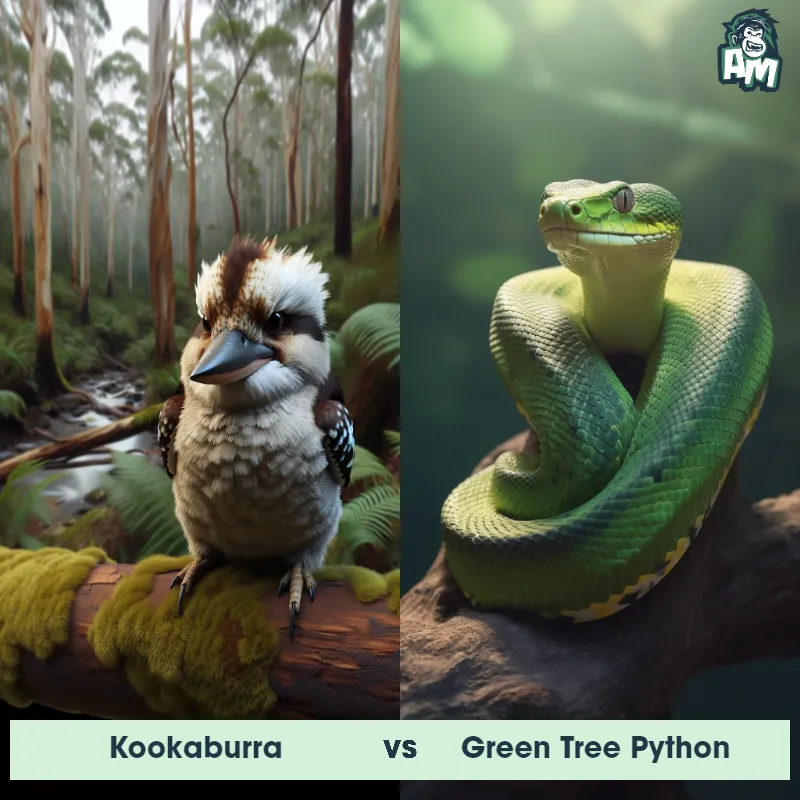Kookaburra vs CapybaraSee Who Wins

Welcome to today's matchup between the Kookaburra and Capybara! Both animals are known for their unique characteristics and abilities, so this is sure to be an interesting fight. Let's see who will come out on top in this three-round battle!
Contender 1: Kookaburra
The Kookaburra, commonly known as the Laughing Kookaburra, is a large terrestrial bird native to Australia. It is recognized for its distinctive call, which resembles laughter and can be heard throughout the day. With a height of about 18-20 inches and a weight of 11-17 ounces, the Kookaburra possesses a stout body with a large head and a strong, pointed beak. Its plumage is predominantly brown, with white underparts and dark brown patches on its wings and tail. This bird's iconic appearance and vocalization make it a cherished symbol of the Australian wildlife.
Fun Fact: The Kookaburra has a unique hunting technique, known as "crouch and pounce," where it perches silently on a branch, spots its prey, then rapidly descends to catch it with its strong beak.
Contender 2: Capybara
The Capybara, also known as Hydrochoerus hydrochaeris, is the largest rodent in the world. They are native to South America and are semi-aquatic creatures that spend a significant amount of time in water. Capybaras have a stocky, barrel-shaped body with a short head, small ears, and eyes positioned high on their head. They have webbed toes and can even close their ears and nostrils when fully submerged. Closely resembling a giant guinea pig, they have short, coarse fur that can vary in color from reddish-brown to gray, and their front teeth continue to grow throughout their lifespan.
Fun Fact: A fascinating fact about Capybaras is that they are highly social animals and are known to form close-knit family groups. They live in large herds of up to 100 individuals, comprising several adult males, females, and offspring. These herds have a hierarchical structure, with a dominant male leading the group and defending his territory and harem of females.
Matchup Stats
| Kookaburra | Capybara | |
|---|---|---|
| Size | 18-20 inches (46-51 cm) | About 1.2 meters (3.9 feet) in length |
| Weight | 11-17 ounces (320-480 grams) | Around 50-65 kilograms (110-143 pounds) |
| Speed | 30mph (48km/h) | 22 mph (35 km/h) |
| Key Strength | Agile flight and strong beak | Powerful jaws and strong legs for defense |
| Biggest Weakness | Limited defense against larger predators | Less agile on land compared to in water |
Current Votes
Kookaburra vs Capybara
See Who Wins
View More Matches
Looking For More?
Similar Matches
Scientific Stats
| Kookaburra | Capybara | |
|---|---|---|
| Scientific Name | Dacelo novaeguineae | Hydrochoerus hydrochaeris |
| Family | Alcedinidae | Caviidae |
| Habitat | Forests, woodlands, and suburban areas | Semi-aquatic, found in wetlands and grassy areas near water bodies. |
| Geography | Native to Australia | Native to South America, specifically found in countries such as Brazil, Venezuela, Colombia, and Argentina |
| Diet | Carnivorous, feeding on insects, small reptiles, mammals, and birds | Herbivorous, primarily feeding on grasses and aquatic plants. |
| Lifespan | 10 years - 15 years | 10 years - 12 years |
Key Differences between Kookaburra and Capybara
- Size: The Capybara is the largest rodent in the world, reaching up to 4 feet in length and weighing around 150 pounds, whereas the Kookaburra is a smaller bird, typically measuring around 18 inches in length.
- Behavior: Capybaras are social animals that live in groups of up to 100 individuals, known as herds, while Kookaburras are often seen in pairs or small family groups.
- Vocalization: The Kookaburra is known for its distinctive loud, laughing call that echoes through the Australian bush, while the Capybara communicates through vocalizations that sound like barks or chirps.
- Color: The Capybara has a brownish-gray fur that helps it blend in with its surroundings in the water, while the Kookaburra has a distinctive blue and white plumage with brown markings on its head and wings.
- Diet: Capybaras are herbivores, feeding primarily on grasses and aquatic plants, whereas Kookaburras are carnivorous birds that prey on insects, small mammals, and reptiles.
- Habitat: Capybaras are semi-aquatic mammals found in wetlands and riversides in South America, while Kookaburras are native to Australia and are often found in woodlands and open forests.



